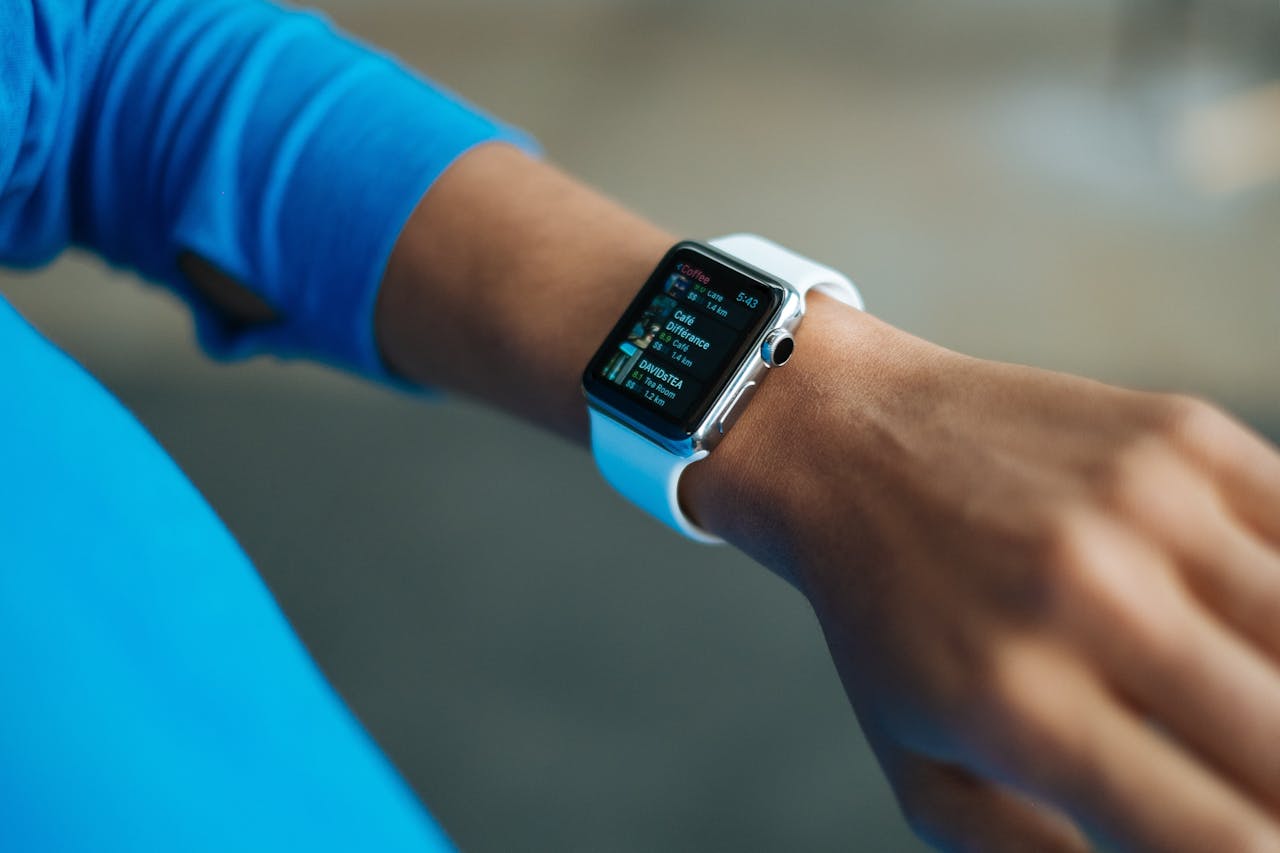Heart Rate Variability (HRV) might sound like something only doctors and biohackers obsess over, but in reality, it is one of the most powerful tools available to athletes and fitness enthusiasts. Unlike resting heart rate, which simply tells you how many beats per minute your heart is churning out, HRV measures the variability between those beats. A high HRV suggests a well-recovered, adaptable nervous system, while a low HRV could indicate stress, overtraining, or insufficient recovery. Think of it as your body's way of whispering, “Today’s a great day for a PR” or “Maybe take it easy before you collapse.”
Understanding the Science Behind HRV
HRV is governed by the autonomic nervous system, specifically the interplay between the sympathetic (fight-or-flight) and parasympathetic (rest-and-digest) branches. A well-functioning nervous system shows a balanced oscillation between these states. High variability means the heart is responding dynamically to external demands, while low variability suggests rigidity in its function. Scientific research has increasingly shown that HRV is one of the most accurate predictors of recovery, adaptation, and readiness for physical exertion. Athletes who ignore these signals often find themselves battling chronic fatigue, stagnation, and increased injury risk.
How HRV Impacts Training Adaptations
Training is essentially controlled damage. Every session places stress on the body, prompting it to adapt, strengthen, and become more resilient. But these adaptations only happen if the recovery processes outpace the damage. HRV acts as a real-time biofeedback mechanism, offering a snapshot of whether an athlete is ready to push hard or should prioritize recovery. Studies have demonstrated that individuals who integrate HRV tracking into their training plans show improved performance metrics, faster recovery times, and reduced burnout compared to those who train blindly.
Using HRV to Optimize Training
One of the most practical applications of HRV is in daily training decisions. If an athlete wakes up with a significantly lower HRV than usual, it suggests their body is under stress. This could stem from a tough workout, poor sleep, dehydration, or even life stressors. Instead of pushing through another high-intensity session, adjusting the training load to include more recovery-oriented work like mobility drills, low-intensity cardio, or active recovery can prevent setbacks. Conversely, when HRV is high, it signals a green light for high-intensity training.
The Connection Between HRV and Recovery
HRV doesn’t just reflect training load; it also mirrors lifestyle factors that contribute to recovery. Better Sleep quality, hydration, nutrition, and stress management all play significant roles in HRV scores. Athletes who sleep poorly or fail to consume adequate nutrients often see dips in HRV, even when training volume remains consistent. This reinforces the idea that peak performance isn’t just about how hard one trains but how well one recovers. Modern sports science underscores the importance of a holistic approach to fitness, with HRV acting as a crucial metric in that equation.
HRV and Overtraining Prevention
Overtraining is the silent killer of athletic progress. It creeps up when an athlete repeatedly ignores recovery signals, piling stress on an already fatigued system. HRV provides an objective warning sign long before performance declines become evident. A consistently low HRV over multiple days indicates an imbalance in recovery and stress, allowing athletes to intervene before they hit the dreaded burnout phase. Elite coaches now integrate HRV-based monitoring systems to tailor training loads, ensuring sustained progress without overreaching.
HRV Tracking Technology: A Game Changer
Thanks to advancements in wearable technology, HRV tracking is more accessible than ever. Devices like smartwatches, chest straps, and even smartphone apps provide real-time HRV measurements. While accuracy varies across different models, consistent tracking within the same device provides valuable trends. The key isn’t obsessing over single-day fluctuations but rather monitoring overall patterns. Athletes who track HRV data over weeks and months can better understand how their bodies respond to different training regimens and lifestyle factors.
Practical Steps to Improve HRV
Improving HRV isn’t just about reducing training intensity; it’s about enhancing overall health and recovery capacity. Strategies such as optimizing sleep hygiene, practicing mindfulness techniques, maintaining hydration, and incorporating structured de-load weeks have all been shown to positively impact HRV. Research in sports performance consistently highlights that athletes who prioritize recovery not only maintain higher HRV scores but also achieve greater long-term gains in performance.
HRV is no longer just a metric for elite athletes; it is an essential tool for anyone serious about fitness. By integrating HRV tracking into training routines, athletes can move away from guesswork and towards data-driven decisions that enhance performance and longevity. Understanding HRV means training smarter, not just harder. Those who listen to their body’s signals through HRV monitoring are better equipped to optimize workload, prevent injury, and achieve their full athletic potential.











